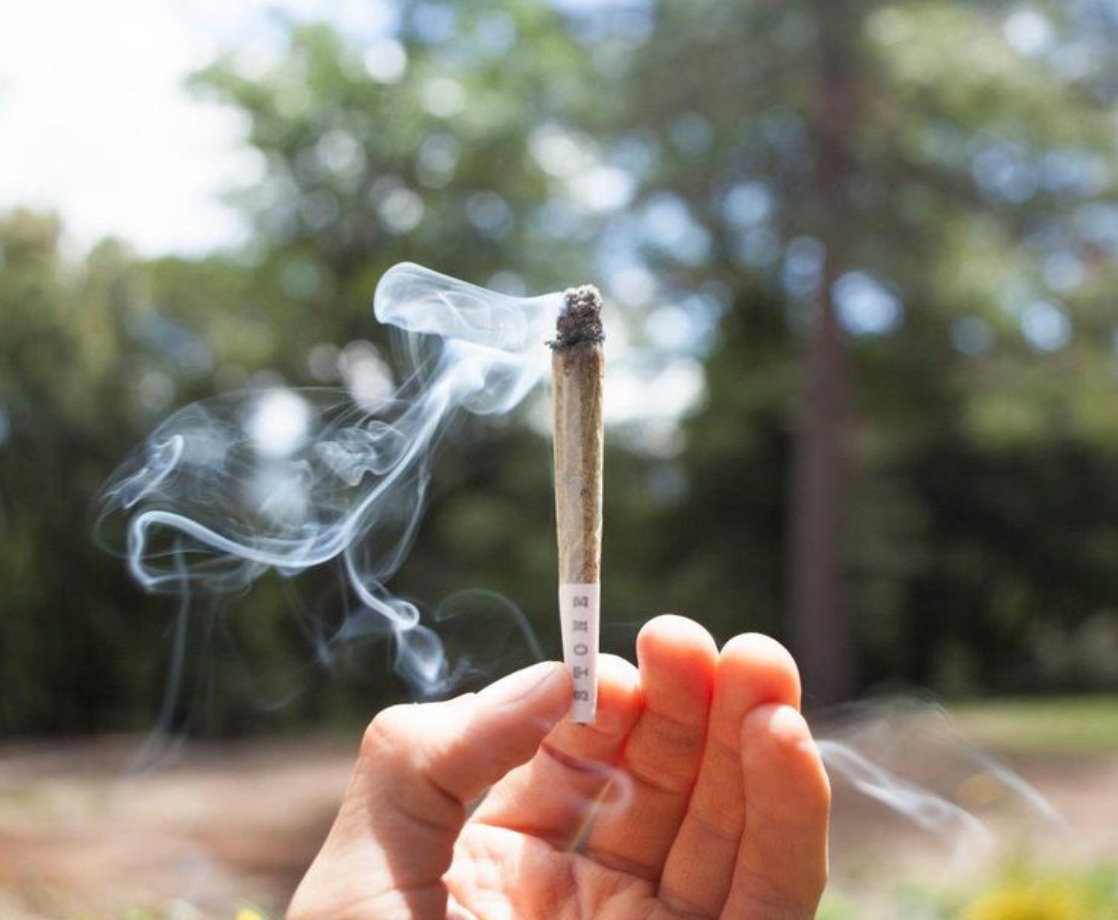Inhaling cannabis can reduce the severity of headache or migraine pain by almost half, according to a new study recently published in the Journal of Pain.
“Use of cannabis to alleviate headache and migraine is relatively common, yet research on its effectiveness remains sparse,” researchers from Washington State University explained. “We sought to determine whether inhalation of cannabis decreases headache and migraine ratings as well as whether gender, type of cannabis (concentrate vs. flower), THC, CBD, or dose contribute to changes in these ratings.”
Researchers turned to a relatively new trend in pain management data to provide a subject pool for their study. Data was collected from Strainprint, a Canadian app which allows patients to track the severity of their symptoms before and after using medical cannabis. From this app, researchers collected data from 1,300 patients who used the app over 12,000 times to report changes in regular headache pain. The study also included data from 653 migraine patients who used the app over 7,400 times to track their symptoms.
“We wanted to approach this in an ecologically valid way, which is to look at actual patients using whole plant cannabis to medicate in their own homes and environments,” said Carrie Cuttler, lead author of the study, in a statement. “These are also very big data, so we can more appropriately and accurately generalize to the greater population of patients using cannabis to manage these conditions.”
The study reports that 88.1 percent of all migraine sufferers, and 89.9 percent of those with other forms of headaches, reported that inhaling pot helped relieve some of their pain. Users of the app reported a 49.6 percent decrease in the severity of their migraine pain and a 47.3 percent decrease in standard headache severity. Significantly more men (90 percent) reported that weed helped their headaches than women (89.1 percent).
Interestingly, the study found that these results were consistent regardless of what type or strain of weed the subjects consumed. Researchers expected to find that specific concentrations of THC or CBD would be more or less effective at treating headaches, but the study found that every blend seemed to be equally effective. “Since cannabis is made up of over 100 cannabinoids, this finding suggests that different cannabinoids or other constituents like terpenes may play the central role in headache and migraine relief,” the authors concluded.
The study showed no signs of “overuse headache,” a side effect in which long-term headache treatment can actually make headaches or migraines worse over time. The researchers did note that some subjects began to show tolerance to cannabis, requiring larger doses of weed to maintain the same anti-headache effects.
Cuttler acknowledged that the study does have its limitations, especially as it relies on self-reporting. “I suspect there are some slight overestimates of effectiveness,” she explained. “My hope is that this research will motivate researchers to take on the difficult work of conducting placebo-controlled trials. In the meantime, this at least gives medical cannabis patients and their doctors a little more information about what they might expect from using cannabis to manage these conditions.”











